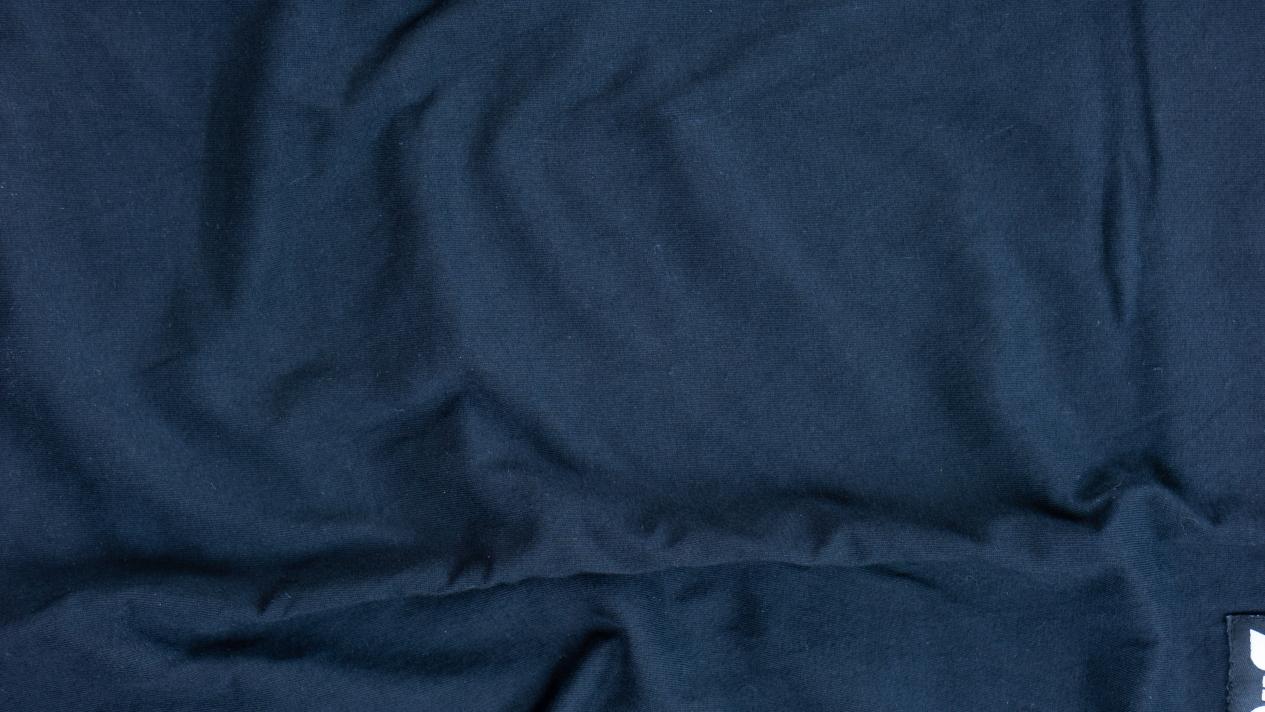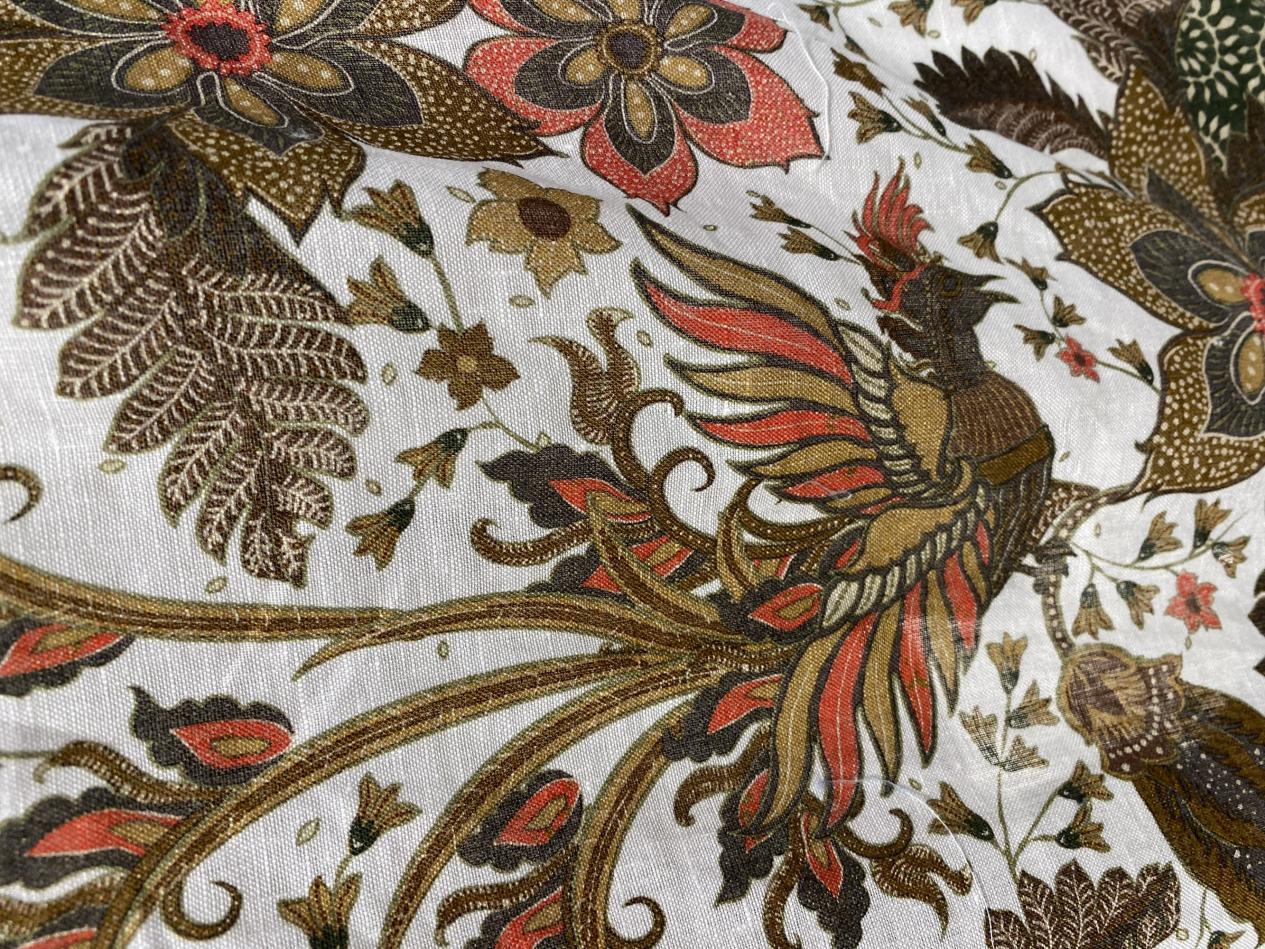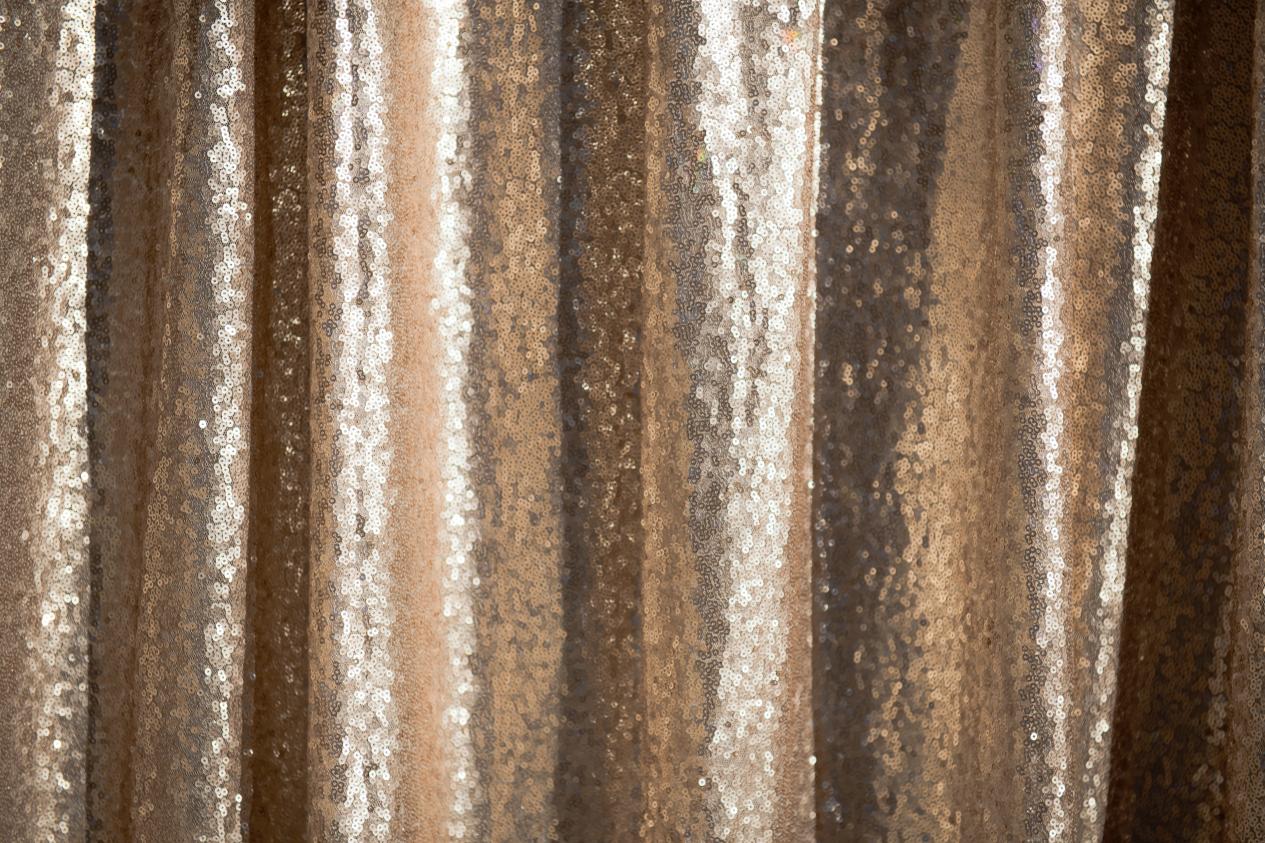Seven Types of Fabrics You Don’t Know that Sublimation Fabric Printers Can Print On
Dye sublimation printing has been a common technique for producing high-quality prints these years. With the rapid advancement of digital fabric printing technologies, cotton, silk, and nylon other than polyester fabric, can also be processed by dye-sub printers with the help of special coatings. However, what you may not have known is that these printers can also work on many other types of textiles, such as bamboo and modal. This article aims to unlock this secret and explore other fabrics that can be treated by sublimation fabric printers.
Print on bamboo fabric?
For polyester fabric, the process is simple, which includes printing the design on transfer paper using inks, then applying pressure and heat to sublimate inks into the fibers of the fabric.
Nevertheless, the process is a bit more complex for some other fabrics. Bamboo fabric is a sustainable and eco-friendly textile. It features softness, good breathability, and excellent moisture wicking, making it a perfect choice for clothing.

Dye sublimation printing on bamboo fabric is possible, but it requires a special coating that allows the ink to bind to the fabric. The coating used for bamboo fabric is similar to the one used for cotton, and the printing process is the same.
Print on satin fabric?
Satin fabric is known for its smooth, shiny surface and is often applied for high-end fashion and lingerie. Dye sublimation on satin fabric is also available, but the ink may not appear as vibrant as it does on other fabrics. Satin fabric has a slippery surface that can cause the ink to smear, so the printing process must be done carefully to avoid any mishaps.
Print on linen fabric?
Linen fabric is a breathable and lightweight fabric that is commonly utilized for summer clothing. Sublimation can work on it, however, it requires special pre-treatment processing which enables the ink to bind to the fabric. The pre-treatment involves a coating that is similar to the one used for cotton. Linen fabric is more absorbent than other fabrics, so the coating used must be able to penetrate the fibers to ensure a successful print.
The image below is a beautiful print produced by HPRT DA182T Plus, which is a high-performance roll-to-roll dye sublimatiog textile printer. It is equipped with premium Kyocera print heads and delivers high-speed printing of up to 650 square meters per hour through its unique combination control system. Moreover, the printer is applied to a variety of types of fabrics. Click here to get more details of the HPRT.

Print on modal fabric?
Modal fabric is a type of rayon fabric that is made from beech tree pulp. It is soft, breathable, and moisture-wicking, making it ideal for activewear and loungewear. Sublimation printing on modal fabric is feasible, but the fabric must first be treated with a coating that allows the ink to bond with the fibers. Modal fabric is more delicate than other fabrics, so the printing process must be done carefully to avoid any damage to the fabric.
Print on canvas?
Canvas fabric is a durable, heavy-weight fabric that is often used for bags, shoes, and home decor. The pre-treatment is a must when dye-sub printing on canvas fabric. The pre-treatment solution functions as a bonding agent, allowing the ink to penetrate the fibers of the canvas and stay there permanently.
Adidas - The sportswear giant uses sublimation printing technology to create custom designs on a range of fabrics, including canvas and linen. Adidas also uses sublimation printing to create bold, colorful graphics on its activewear.
Other possibility?
Sequin fabric is a shiny and stylish type of fabric that is adorned with sequins. It is commonly utilized in the creation of evening wear and costumes. However, when performing dye sublimation printing on sequin fabric, one must exercise caution to prevent harming the sequins.

Rayon fabric, a synthetic fabric, is noted for its softness and drape. It is now widely used for clothing and home decor. Like printing on linen fabric, it needs to be treated with a coating for better bonding with the fibers. The printing process must be carried out with care to prevent any harm to the delicate rayon fabric, which is more fragile compared to other fabrics.
Conclusion
In summary, sublimation fabric printers can print on a variety of fabrics, including bamboo, satin, linen, rayon, modal, canvas, and sequin fabrics. However, each fabric requires a different type of coating, and the printing process must be done carefully to ensure a successful print. By understanding the characteristics of different fabrics, designers can create unique and versatile products that stand out from the crowd.








